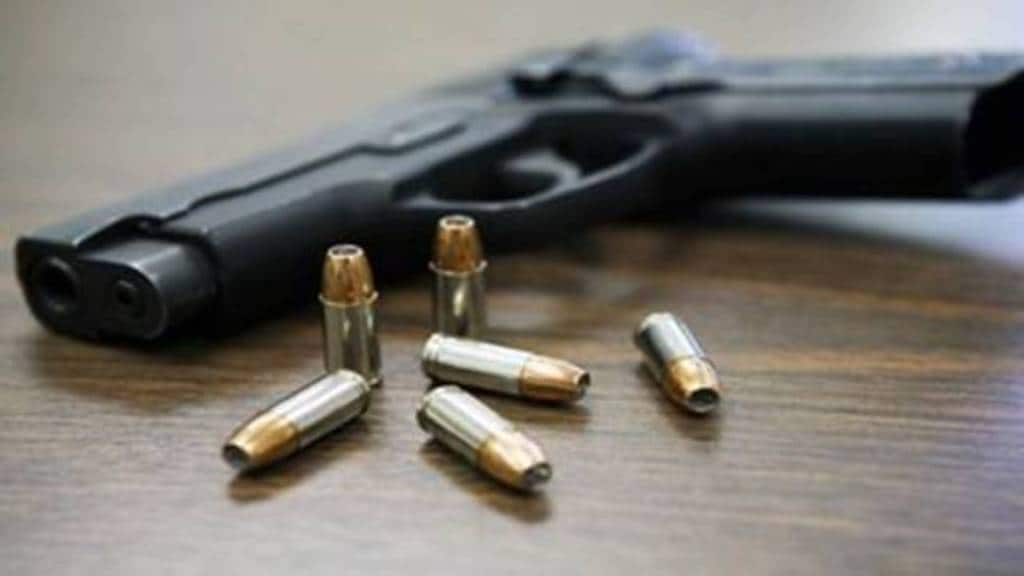By Prashant Dikshit
This is truly tragic because this scourge of India’s domestic produce of illicit small arms especially from Uttar Pradesh and Bihar has been allowed to proliferate as the government law and order systems watched. It is with the greatest regret that I point out this phenomena had existed even in colonial times and since India’s independence we have watched it flourish. Its volume has burgeoned phenomenally.
Production of firearms in the Indian illegal sector, though a serious issue, does not receive due attention (from the government). Indigenous weapons come at a cheap price, and while their accuracy cannot be guaranteed, they are highly destructive and impossible to trace using ballistic fingerprinting. In the Indian Union, largely, this manufacture had been ascribed to States of UP & Bihar. In UP, large urban centres like Muzaffarnagar, Rampur, Shamli, Meerut, Etah, Farrukhabad, Azamgarh, Bulandshahar and area near Loni on the Delhi-UP border have been identified as big trade centres for illicit guns. There are reports dating back to 2004 of a unit in Loni that used to dispose off over 30 firearms on an average every month and earn about Rs. 50,000/-. Viewed with the existing inflation figures this statistic would have easily mounted to at least Rs.10 lakhs per month.
There is an official estimate, reported in February 2004 of over 1500 illegal arms manufacturing units in Bihar. Most of them were located in Munger , Biharsharif ,Nalanda, Lakhisarai, Gaya and Sheikhpura Districts. These regions lie South Of the river Ganga astride the country’s most active industrial belt including the biggest mining centre in India.
The State of Delhi has always been a significant recipient of the weapons as country-made pistols are easily available at intensely populated zones of Mongolpuri, Sultanpuri, Zaffarabad, Jahangirpura, Seelampur and the walled city. These are congested areas of the city, which emerged out of a scanty urban planning process in the formative years. The current areas where the riots had erupted are Maujpur, Bhajanpura, Chandbagh etc. These are ghettos adjacent to the locales mentioned earlier.
Reports show that a 7.65 mm semi-automatic pistol produced in Munger was the main weapon which was used. It can be explained because among criminals there is a clamour for a factory made pistol, which was referred to by a generic name as an ‘ English’ weapon. These are very expensive , so most of them settle for the refined version of the nefarious ‘ Katta’ called sixers , as they can hold six bullets at a time unlike the cruder version that has a single bullet chamber. The sixer looks like a factory –made weapon and at times it is difficult for an untrained rye to tell the difference between a sixer and a factory- made pistol. This unlicensed weapon is something of a status symbol in these circles. Way back in the year 2009 Delhi was suspected to have as many as 3,00,000 unlicensed weapons. It gives an indication of the percentages of the produce meant for the city.
The matter of gravest concern is the changing profile of the Indian polity. It is driven by an ever enhancing phenomenon of organized violence within the people. Although the gun factories in Bihar had provided the initial arms but inevitable AK-47 is clearly making inroads. There is a fear that firearms led wars would manifest in several other states of the country because generation of religious and caste animosities are promoted for which India’s democratic forces have to still find an answer. The warring groups do not demonstrate any responsibility towards political, administrative and economic issues of the region and certainly not towards the Indian Union. An atmosphere of terror and violence corrodes the spirit of mutual existence which is the basic strength of a civil society. The processes of negotiations and dialogue, intrinsic parts of a democratic conduct are totally subverted due to the presence of arms.
The violations of the Arms Act in the country showed a steady increase of nearly forty percent at the turn of the century in the last ten years. The state of UP registered the highest rise at nearly seventy percent. Caste, land and revenge feuds were among the principal issues to be settled through firearms. Uttar Pradesh accounted for 45% of all illegal weapons seized in the country in 2015
The rise in violent crime at the national level was 341.9 % in the year 1991,since the year1961. One of direct consequences of flagrant use of the small arms has been large scale migration of land less labour from UP and Bihar to other parts of the country. It has created a sizable section of internally displaced persons. During the Delhi riots painful scenes of such an exodus were clearly visible.
A strategic affairs expert the author has undertaken studies on impact of small arms on societies.
Disclaimer: Views expressed are personal and do not reflect the official position or policy of Financial Express Online. Reproducing this content without permission is prohibited.


